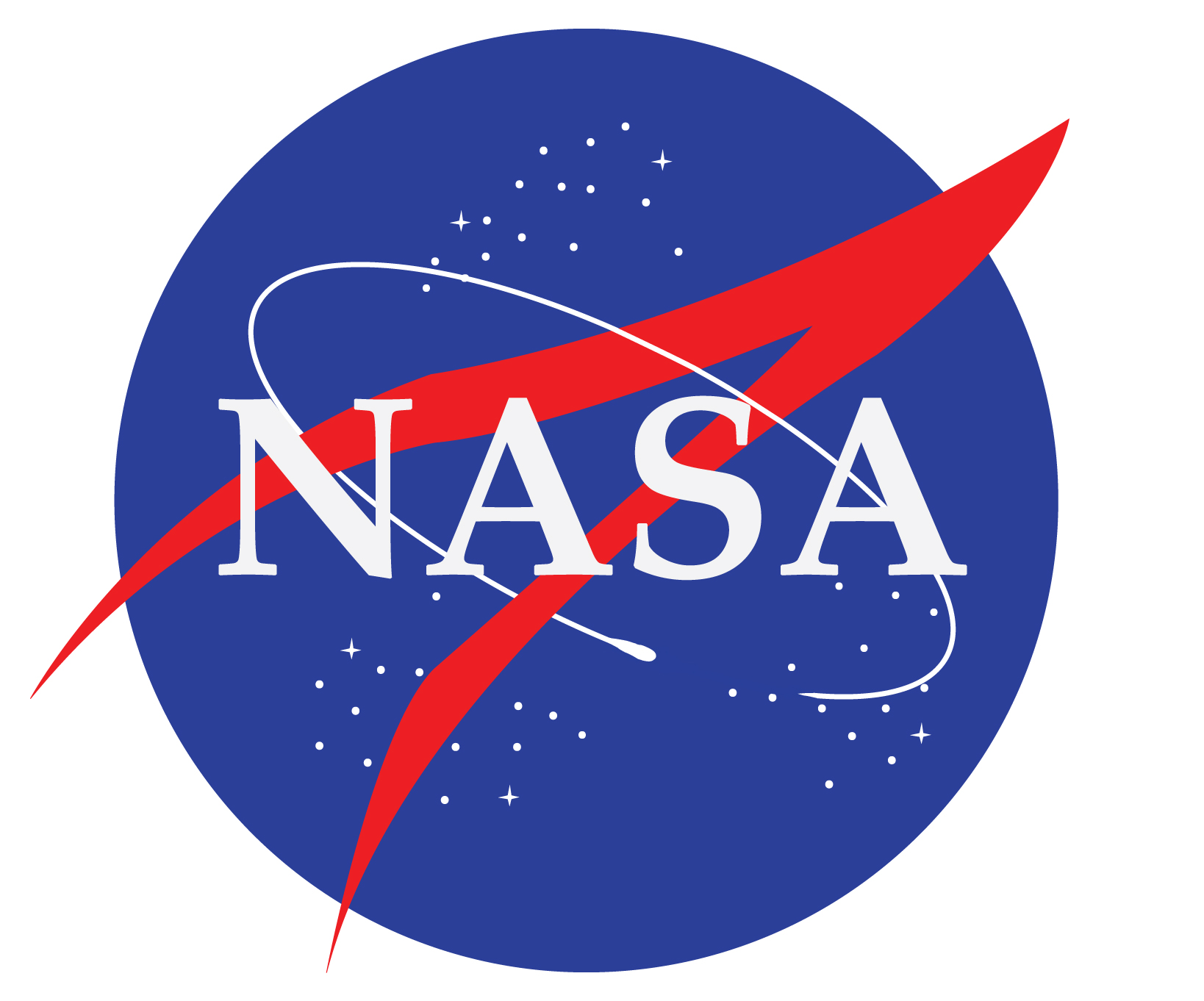There has been a lot of coverage in the global media about the return of the Japanese Hayabusa-2 asteroid mission with samples from the surface of an asteroid. SpaceX has also gotten a lot of press as has the China Chang’e 5 Moon landing. Behind all this publicity however, there are major changes coming to the global space industry. These changes began in the 2010s and should play out over the next ten years.
During the next ten years, constellations of small satellites will have a major impact on the space industry. The miniaturization of satellites is a disruptive innovation which signals a major paradigm shift. These small satellites will continue to reduce the cost of access to space and it will result in the mass production of satellites which will reduce the cost of the space infrastructure itself.
For decades, the space industry was organized in hierarchical industrial supply chains around prime contractors. Most of this activity was under public leadership such as NASA in the U.S. However, recently the space business operates with regular industrial ecosystems appearing upstream or downstream around private space infrastructure.
This change in the global space industry is occurring in an institutional context that is dominated by a lasting crisis in international management of space activities. While the creation of an international civil space organization is not currently possible, the inauguration of President-elect Joe Biden on January 20th should mark the return of the United States to a more consensual international diplomacy. However, the U.S. will probably continue to lead the international space industry with projects such as the Artemis Agreements. These Agreements are based on the principles of the Outer Space Treaty which was signed at the end of the 1960s, but they have been reinterpreted to favor U.S. interests and the current U.S. industrial supremacy.
Only nine nations have signed the Artemis Agreements so far but this could significantly increase if the European Union collectively takes a position and suggests an alternative international space treaty which could lead to a reciprocity agreement. The concept of a Space Market Act should be encouraged and supported. It could be patterned after two recently announced EU programs; the Digital Services Act and the Digital Market Act.
In the meantime, international attention should be focused on the important issue of space debris. Considering the problems attending such space debris, international action will have to quickly move far beyond the current efforts to manage space junk. It would be productive to take inspiration from the current experience of the salvage clauses in maritime insurance.
There are hundreds of thousands of pieces of space junk over four inches in size being track by Earth-based radar. There are millions more smaller pieces of junk in orbit. There is so much space junk currently in orbit around the Earth that the risk to launch vehicles is increasing rapidly. Unless something is done very soon, it may not be possible to launch anything into orbit. Cleaner launches with recoverable components, better management of dead satellites and a broad effort to actually remove existing junk from orbit will be necessary.
Please read Part 2 next
